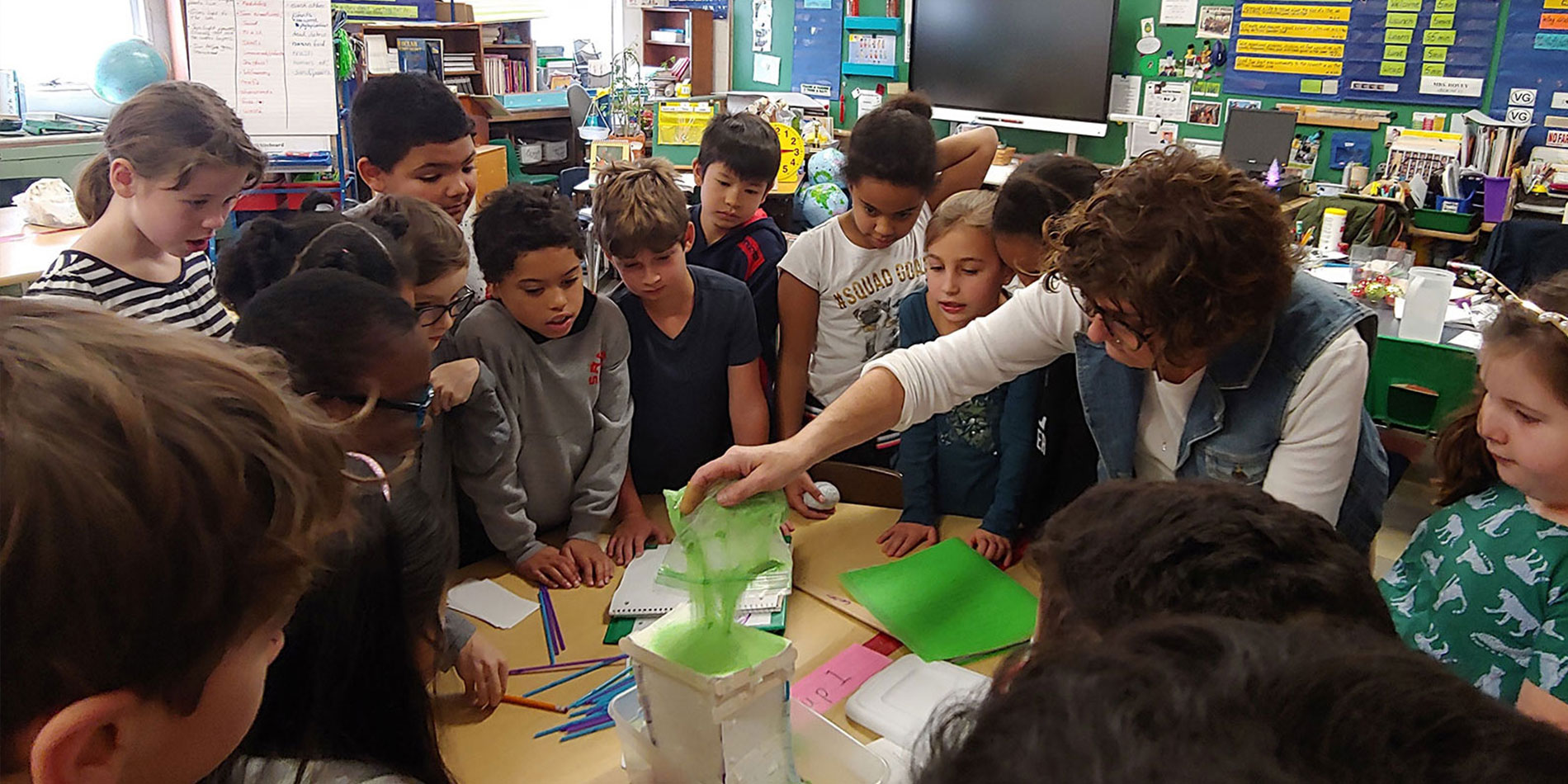In our last “What Works” essay, we cast serious doubt on the value of teachers analyzing student test data. Studies find the practice on average doesn’t produce student learning gains. We also noted that the practice is widespread, often forming a cornerstone of teachers’ professional learning time.
This raises a question: If this study of student data doesn’t improve schools, what should teachers do with their professional learning time?
